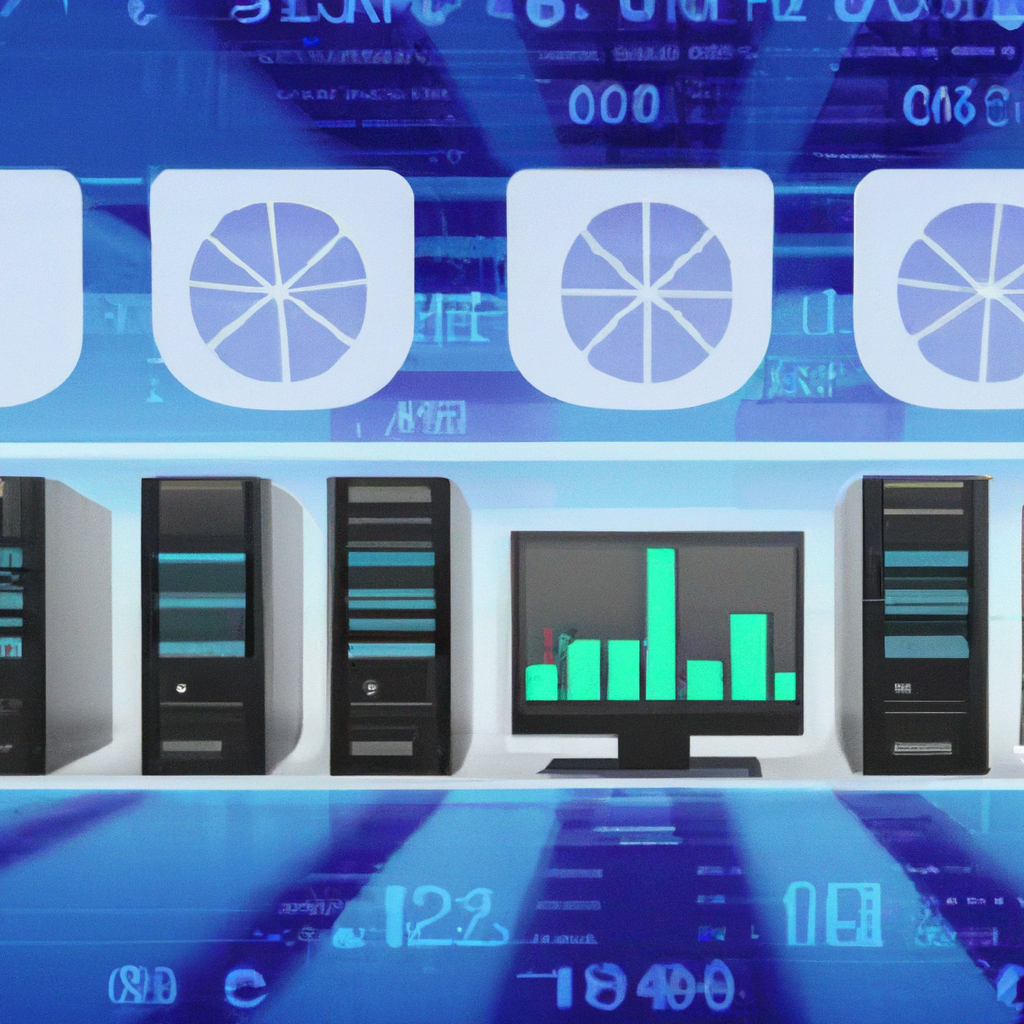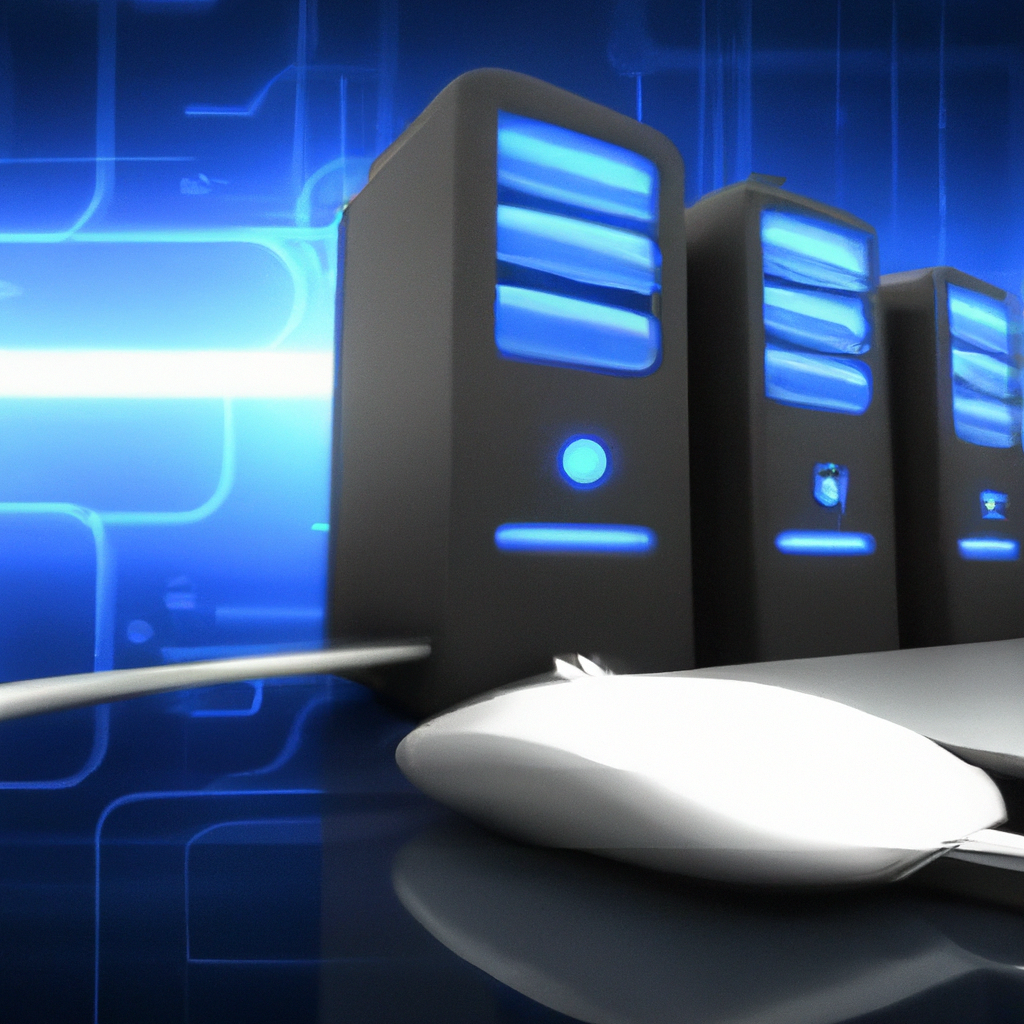How Do I Optimize Power Settings For Gaming?
How Do I Optimize Power Settings For Gaming: Introduction
In the realm of gaming, every frame per second counts, every graphical detail matters, and every millisecond of response time can be the difference between virtual victory and defeat. For many, gaming is not just a pastime—it’s a passion. It’s about being transported to different worlds, connecting with players globally, and pushing the limits of what our machines can achieve. Are you someone who loves to immerse themselves in the world of gaming? If so, you have undoubtedly felt the urge to enhance your system’s performance, leading you to ask, “How Do I Optimize Power Settings For Gaming?”
Optimizing power settings is not merely about conserving energy; it’s a fine dance of extracting every ounce of potential from your hardware while maintaining system stability and longevity. Whether you’re playing on a robust desktop rig or a sleek gaming laptop, the truth remains: not all default power settings are geared towards high-intensity gaming. Often, these settings are a compromise, meant to cater to a broad spectrum of tasks from web browsing to media playback. But as a gamer, your needs are unique. You require a configuration that prioritizes gaming performance, responsiveness, and visual fidelity.
The journey to striking the right balance between performance and energy consumption can seem daunting. Multiple settings, both at the software and hardware levels, need adjustments. There are built-in system settings, graphic card software tweaks, and even BIOS-level changes that might come into play. And if you’re gaming on a laptop, the stakes are even higher, as you juggle performance aspirations with battery life concerns.
In this article, we will embark on a comprehensive exploration of these facets. We will demystify the intricate web of power settings, decode the jargon, and present actionable steps to help you navigate your way to an optimized gaming setup. By the end of this guide, you will be equipped with practical tips and techniques that will not only elevate your gaming experience but also ensure that your machine runs efficiently, making every gaming session truly immersive and uncompromised.
How Do I Optimize Power Settings For Gaming: Power Settings
What are power settings?
Power settings refer to the various options and configurations that control the usage of power and energy on your device. These settings allow you to define how your system utilizes power, which can have a significant impact on its overall performance and battery life. By adjusting power settings, you can optimize your device for different purposes, including gaming.
Why are power settings important for gaming?
Power settings play a crucial role in gaming as they directly affect the performance and experience while playing. Properly optimizing power settings can enhance your gaming experience by allocating the necessary resources to your game and ensuring smooth gameplay. Inefficient power settings, on the other hand, may lead to lag, poor frame rates, and shorter battery life.
Different power settings on Windows
Windows operating systems come with several power settings options that allow you to customize your device’s power usage according to your needs. The most commonly available power settings are High Performance, Balanced, and Power Saver. Each mode prioritizes different aspects such as performance, energy efficiency, or a balance of both.
Recommended Power Settings for Gaming
High performance mode
High Performance mode is designed to provide maximum performance but at the cost of higher power consumption. When gaming, this mode is highly recommended as it ensures your system is running at its full potential, allowing for smoother gameplay and faster processing. However, using High Performance mode may drain your battery faster and generate more heat, so it is advisable to use it mainly when connected to a power source.
Balanced mode
Balanced mode strikes a balance between performance and power consumption. It adjusts power settings based on your computer’s workload to deliver a smooth gaming experience while conserving energy when idle. This mode is suitable for most gamers who want to optimize both performance and battery life without sacrificing too much of either.
Power saver mode
Power Saver mode is designed to minimize power consumption and extend battery life. While it significantly reduces the performance output, it can be useful for gamers who prioritize longer playtime on a laptop or when playing less demanding games. However, it is not recommended for resource-intensive games or when peak performance is desired.

Adjusting Power Settings
Accessing power settings on Windows
To access power settings on a Windows device, follow these steps:
- Open the Start menu.
- Type “power options” in the search bar.
- Click on “Power Options” from the search results.
Customizing power settings
Once you have accessed the Power Options, you can customize the power settings according to your preferences. You can change settings like the time it takes for the display to turn off, computer sleep and hibernate modes, and processor power management. It is recommended to adjust these settings based on your gaming requirements and the capabilities of your hardware.
Choosing the optimal power plan
In addition to customizing power settings, Windows also provides predefined power plans that can be selected based on your needs. You can choose from Balanced, Power Saver, or create a custom power plan. Selecting the optimal power plan depends on factors such as your gaming requirements, device capabilities, and battery life expectations.
Managing Power Plan Settings
Adjusting display settings
Optimizing display settings is an essential aspect of managing power plan settings for gaming. Brightness settings can have a significant impact on battery life, and reducing screen brightness when gaming on a laptop can help conserve power. Additionally, adjusting the display timeout to a shorter duration can prevent unnecessary battery drain when the screen is not in use.
Configuring sleep and hibernate modes
Configuring sleep and hibernate modes is crucial to strike a balance between power conservation and instant availability. While sleep mode allows for quick resumption, it consumes some power. On the other hand, hibernate mode saves your system state to disk and shuts down completely, conserving power. Choosing the appropriate sleep and hibernate settings can optimize power usage during gaming sessions.
Optimizing processor power management
In the power plan settings, you can also optimize processor power management. This involves configuring settings such as minimum and maximum processor state, processor cooling policy, and adjusting power limits. Properly managing processor power can ensure smooth gaming performance while preventing overheating and extending battery life.

How Do I Optimize Power Settings For Gaming: Monitoring Power Usage
Using third-party software
To monitor power usage while gaming, you can rely on third-party software tools specifically designed for this purpose. These tools provide detailed insights into power consumption, core temperatures, and other relevant metrics. Some popular options include HWMonitor, MSI Afterburner, and Razer Cortex.
Built-in Windows power monitoring tools
Windows also provides built-in power monitoring tools that can help you keep track of power usage while gaming. The Task Manager can provide basic information on power consumption by displaying CPU and GPU loads. Additionally, the Performance Monitor tool offers more in-depth power usage insights by allowing you to create custom power monitoring reports.
Reducing Power Consumption
Disabling unnecessary background applications
Disabling unnecessary background applications is crucial for reducing power consumption. Some applications and processes running in the background can consume a significant amount of power even when not actively used. By closing or disabling these applications, you can allocate more power resources to your game, resulting in improved performance and reduced power consumption.
Lowering screen brightness
Lowering the screen brightness is an effective way to reduce power consumption, especially when gaming on a laptop. Consider adjusting the screen brightness to a comfortable yet lower level to conserve power without compromising visibility. This simple adjustment can have a significant impact on extending battery life during gaming sessions.
Using power-saving peripherals
Power-saving peripherals, such as gaming mice and keyboards, can also contribute to reducing power consumption. These peripherals are designed to consume less energy when compared to regular ones, ensuring lower power drain during gaming. Investing in power-saving peripherals can be a wise choice for gamers looking to optimize their power usage.

Overclocking and Power Settings
Understanding overclocking
Overclocking refers to the process of increasing the clock speed of your hardware components, such as the CPU or GPU, beyond their stock settings. This can result in improved performance and faster processing. However, overclocking generally leads to an increase in power consumption and heat generation, which should be carefully managed for optimal results.
Considerations for power settings and overclocking
When overclocking, it is crucial to consider the power settings of your system. Higher clock speeds and increased voltages will naturally require more power. It is recommended to use the High Performance power mode when overclocking to ensure that your hardware receives the necessary power to perform at its best. Additionally, monitoring your system’s temperature and power consumption becomes even more important when overclocking.
Optimizing power settings for an overclocked system
To optimize power settings for an overclocked system, it is essential to strike a balance between performance and power consumption. While High Performance mode is recommended, you may need to make adjustments to specific power management settings to prevent excessive power usage and thermal issues. Monitoring temperature levels and adjusting cooling solutions like fan speed can help maintain an optimal balance between power and performance.
Battery and Power Settings
Adjusting power settings on a laptop
Adjusting power settings on a laptop is crucial for maximizing battery life while gaming. By accessing the Power Options in the Control Panel or through the battery icon in the taskbar, you can adjust power plans, screen brightness, sleep settings, and other relevant configurations. Customizing these settings based on your gaming habits and power requirements will help ensure longevity during gaming sessions.
Maximizing battery life while gaming
To maximize battery life while gaming on a laptop, consider the following tips:
- Lower screen brightness to an acceptable level.
- Close unnecessary background applications.
- Disable hardware components not in use, such as Bluetooth or Wi-Fi.
- Opt for Power Saver mode or Balanced mode.
- Limit the use of resource-intensive applications or games on battery power.
Balancing performance and battery life
Finding the right balance between performance and battery life on a laptop can be a challenging task. Depending on your gaming needs, you may need to compromise some level of performance to extend battery life. Using a combination of power-saving techniques, adjusting power plans, and customizing individual power settings can help strike this balance effectively.

Power Settings for Graphics Cards
Power management settings for GPUs
Graphics cards (GPUs) come with power management settings that allow you to control their power usage during gaming. These settings can be accessed through the graphics card driver control panel or software. By adjusting settings like power limit, clock speeds, and fan speed, you can optimize power consumption while ensuring optimum performance.
Configuring graphics card driver settings
To configure graphics card driver settings:
- Right-click on your desktop and select the graphics card control panel or software.
- Look for power management settings or a similar option.
- Adjust power-related settings as per your preferences, balancing energy efficiency and performance.
Customizing graphics card driver settings can help fine-tune power usage, reduce heat generation, and prevent unnecessary power draw during gaming.
Power Settings for Peripherals
Managing power settings for USB devices
USB devices, such as external hard drives or gaming controllers, can contribute to power consumption when connected to your system. To manage power settings for USB devices, follow these steps:
- Open the Device Manager.
- Expand the “Universal Serial Bus controllers” category.
- Right-click on a USB device and select “Properties.”
- In the “Power Management” tab, check or uncheck the box for “Allow the computer to turn off this device to save power” as per your preference.
By selectively adjusting power settings for USB devices, you can reduce power usage when they are not actively in use.
Configuring power options for gaming mice and keyboards
Gaming mice and keyboards often come with power management options to conserve energy. These options may include adjustable sleep timers or power-saving modes. By configuring these power options, you can reduce power consumption during gaming breaks or when the input devices are idle, without sacrificing performance during active gameplay.
Optimizing wireless adapter power settings
If you are using a wireless adapter for internet connectivity, optimizing its power settings can help improve energy efficiency. To access power settings for your wireless adapter:
- Open the Device Manager.
- Expand the “Network adapters” category.
- Right-click on your wireless adapter and select “Properties.”
- In the “Power Management” tab, enable the option for “Allow the computer to turn off this device to save power” if available.
Optimizing power settings for the wireless adapter ensures it consumes less power when not actively transmitting data, ultimately conserving battery life and power resources.
Optimizing power settings for gaming is an essential aspect of enhancing your gaming experience, improving performance, and extending battery life. By understanding the different power settings available, adjusting power plans, customizing settings, and following power-saving tips, you can ensure that your gaming device operates efficiently while delivering optimal gameplay. Remember to monitor power usage and make necessary adjustments to find the perfect balance between performance and power consumption.

Conclusion: Optimizing Power Settings for Gaming
After delving deep into the nuances of “How Do I Optimize Power Settings For Gaming,” it becomes apparent that the balance between power management and gaming performance is both an art and a science. Power settings play an indispensable role in determining the gaming experience on any device. Optimizing them can be the difference between a lag-filled session and a smooth, immersive gaming adventure.
From the outset, the significance of updating graphics drivers can’t be overemphasized. These updates often come with tweaks and improvements that directly affect power consumption and gaming performance. Overlooking such simple steps can lead to less than optimal gameplay, even if other settings are appropriately configured.
The in-built power management options provided by both Windows and MacOS offer gamers a basic framework to start with. Windows, especially, with its ‘High Performance’ and ‘Ultimate Performance’ modes, underscores the operating system’s commitment to delivering a seamless gaming experience. Still, while these settings are tailored for performance, it’s crucial to understand that they also increase power consumption. Laptop gamers, in particular, need to be conscious of this trade-off, especially when not connected to an external power source.
Advanced settings, accessed through the BIOS or UEFI, allow even greater customization, granting gamers the ability to tweak settings such as CPU voltage and frequency. However, with great power comes great responsibility. These settings should be adjusted judiciously, with a keen understanding of the implications on both the hardware’s lifespan and the overall system stability.
One area of concern for many gamers is the effect of third-party software on power settings. Tools like NVIDIA Control Panel or AMD Radeon Settings offer specialized gaming-centric adjustments. These programs can help optimize power settings for specific games, providing a more personalized and efficient gaming experience. However, while they offer more granular control, it’s essential to approach them with a level of expertise, or at least a willingness to learn, to prevent inadvertent system issues.
Lastly, while our focus has been predominantly on software tweaks and settings, it’s impossible to ignore the hardware aspect. Investing in energy-efficient components, such as SSDs or power-efficient CPUs and GPUs, can inherently enhance the power-to-performance ratio. As the gaming industry continues to evolve, we can expect manufacturers to prioritize this balance even more, leading to more efficient and powerful gaming rigs.
In conclusion, optimizing power settings for gaming is a multifaceted endeavor. It requires a combination of keeping software updated, understanding and tweaking system settings, leveraging third-party tools, and being aware of hardware components’ innate efficiencies. By following the insights and advice shared in this article, gamers can confidently navigate the world of power settings, ensuring a gaming experience that is both electrifying and power-efficient.




